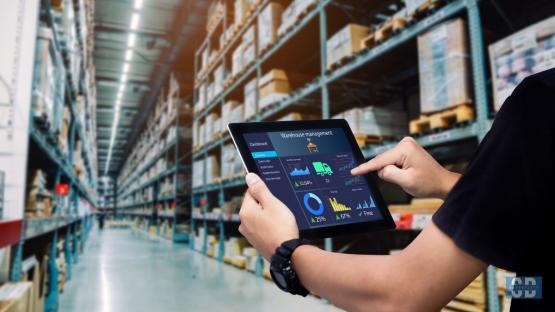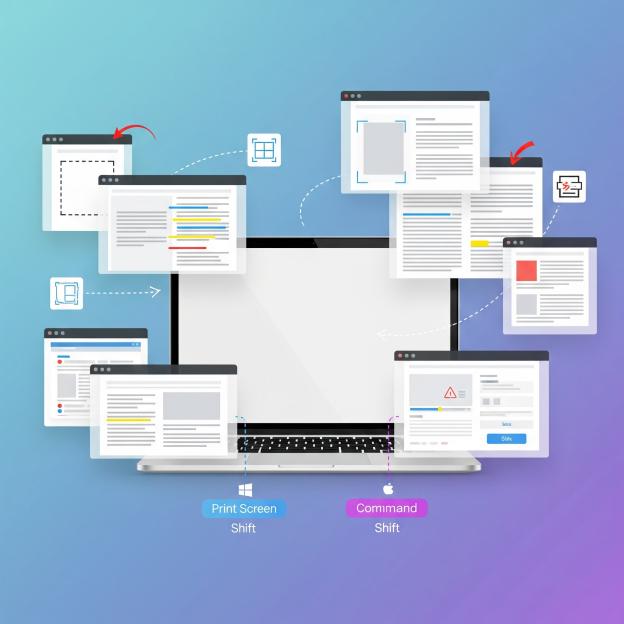In construction, a one-week delay can drain tens of thousands from the budget and put client relationships at risk. Schedules are tight, and the margin for error is slim. Falling behind doesn’t just impact the current projectâit can damage your reputation and cost future opportunities.
Pressure mounts from every direction, pushing teams to find smarter ways to move faster. Faster project turnarounds aren’t about cutting cornersâthey come from strategic setup choices and proven on-site tactics. The right early decisions can streamline the entire build, keeping crews productive and progress steady from day one.
Eliminate Wiring Delays with Overhead Busway Systems
Old-school wiring methods can cause delays and make inspections harder. The overhead Track Busway system is a newer option that helps electrical wiring go in faster and easier. These modular busway systems are quick to install and work well with many types of equipment. Instead of running conduit that needs detailed planning and custom parts, busways let you plug in components directly.
The simplicity of these systems means fewer inspections and less room for mistakes. That reduces slowdowns and keeps the job moving. Starting with an overhead busway system simplifies the electrical layout, helping teams maintain momentum and sidestep common wiring headachesâespecially when fast power adjustments are needed for shifting equipment or layout changes.
Speed Up Framing with Preassembled Wall Panels
Framing is one of the most time-consuming parts of a build. Preassembled wall panels speed things up by arriving ready to go. Many panels come with insulation and drywall already attached, which means less work to do on-site. Some models also include built-in openings for doors and windows, reducing modification time. Workers can lift panels into place quickly, saving days of effort.
On top of that, preassembled panels make mechanical, electrical, and plumbing (MEP) work faster. Since much of the work is done ahead of time, there’s less on-site coordination needed. Crews can focus on other important parts of the project, keeping everything moving. Using these panels helps make construction more efficient and less chaotic.
Streamline Setup with Standard Fit-Out Kits
Custom installs often stall progress, especially when teams wait on specialty parts or design tweaks. Standard fit-out kits solve this by bundling everything neededâpre-measured cables, mounting hardware, and layout componentsâinto a ready-to-go package. With materials on hand and no guesswork involved, crews can move fast and avoid coordination delays.
Fit-out kits also adapt easily to a variety of layouts, making them ideal for projects on a tight schedule. Reducing reliance on custom solutions speeds up installation and limits downtime, helping the entire build stay in motion without the usual back-and-forth between trades or suppliers.
Improve Material Delivery with Vertical Lift Systems
Material handling on the ground often slows projects down. When supplies pile up or are hard to reach, workers waste time moving things around. Vertical lift modules or ceiling-based systems fix this by keeping materials above ground level, where labeled compartments can store tools, fasteners, and project-specific items in designated slots for quick access.
This clears the floor and makes everything easier to access. With less clutter, workers spend less time searching or hauling things across the site. That keeps the focus on actual work instead of moving stuff. Starting with vertical lifts early on helps each stage flow better and makes the site more efficient, especially when lifts are positioned near high-traffic zones like loading docks or tool check-in areas.
Better Coordination with Visual Production Boards
Miscommunication is one of the most common causes of delays on a jobsite. Visual production boards provide a clear, low-tech method for keeping teams aligned in real time. Daily goals, problem areas, and tasks that need urgent attention are displayed using color-coded zones. With everyone referencing the same plan, confusion is reduced and priorities stay front and center.
Posting updates and reviewing them as part of a daily huddle helps catch issues before they grow. Crews stay in sync, and progress stays visible. With the right system in place, production boards can shift a team from reactive to proactive.
Keeping projects on schedule doesn’t have to be a constant battle. Smart setup strategiesâlike busway systems, prebuilt panels, fit-out kits, vertical lifts, and visual boardsâhelp teams work faster with less stress. Tools like these reduce delays, clutter, and confusion, making it easier to maintain momentum on-site. Crews spend less time problem-solving and more time building. Testing even one approach on your next job can reveal immediate gains. Faster turnarounds come from better starts, not harder pushes. Choose the setup steps that match your workflow, and watch how small shifts early on lead to smoother builds and stronger results.







